In the Tengger Desert of Ningxia Hui Autonomous Region, beneath the solar panels, you'll find a unique sight: desert plants like sand sage and sand rice thriving alongside crops like tomatoes and peppers. This innovative method not only generates power above the panels but also includes planting in between and ecological restoration below.
The large-scale development of photovoltaic power generation not only generates green electricity, adding new environmental value, but also provides an innovative approach to desert reclamation. Photovoltaic stations contribute to restoring and enhancing vegetation in these areas.
For instance, constructing photovoltaic stations in the desert helps stabilize sand dunes and reduce water evaporation from the desert.
"Grass grid structures play a crucial role in sand fixation. Without them, strong winds would expose the photovoltaic panel supports, potentially causing them to collapse. Therefore, desert control and sand prevention are vital for photovoltaic stations," said Chen Yu, a renewable energy specialist at the State Grid Zhongwei Electric Power Co.
As a key supporting project for the Ningxia-Hunan DC project, the nation's first ultra-high-voltage transmission corridor primarily aimed at developing large-scale desert photovoltaic bases and transmitting new energy, the second phase of the 2 million kilowatt photovoltaic project at the Tengger Desert new energy base in Ningxia is being expedited. Once the second phase is fully operational, it will supply 3.946 billion kilowatt-hours of clean electricity to the grid every year.
Currently, Zhongwei city has five energy storage power stations connected to the grid, with a total installed capacity of 850,000 kilowatts/1.7 million kilowatt-hours. The total installed capacity of new energy sources has reached 10.032 million kilowatts, accounting for 86.27 percent of the total installed power generation capacity in the city's grid, said State Grid Zhongwei Electric Power Co.
















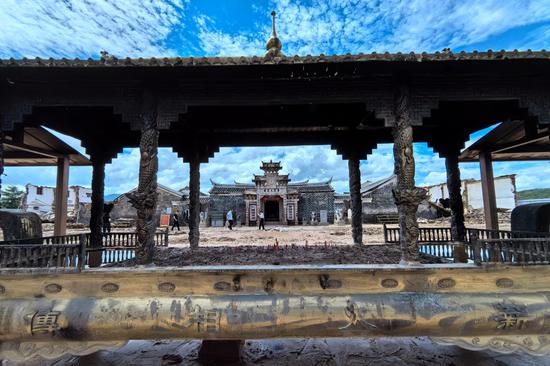
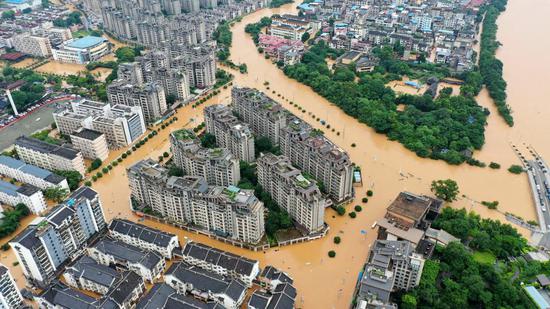
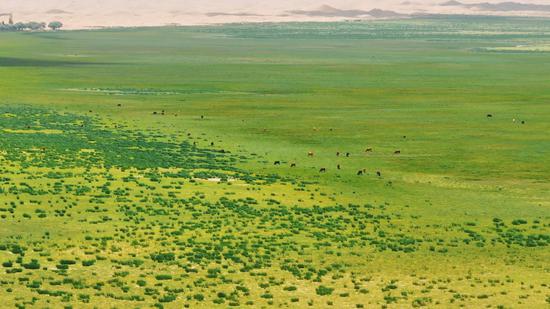












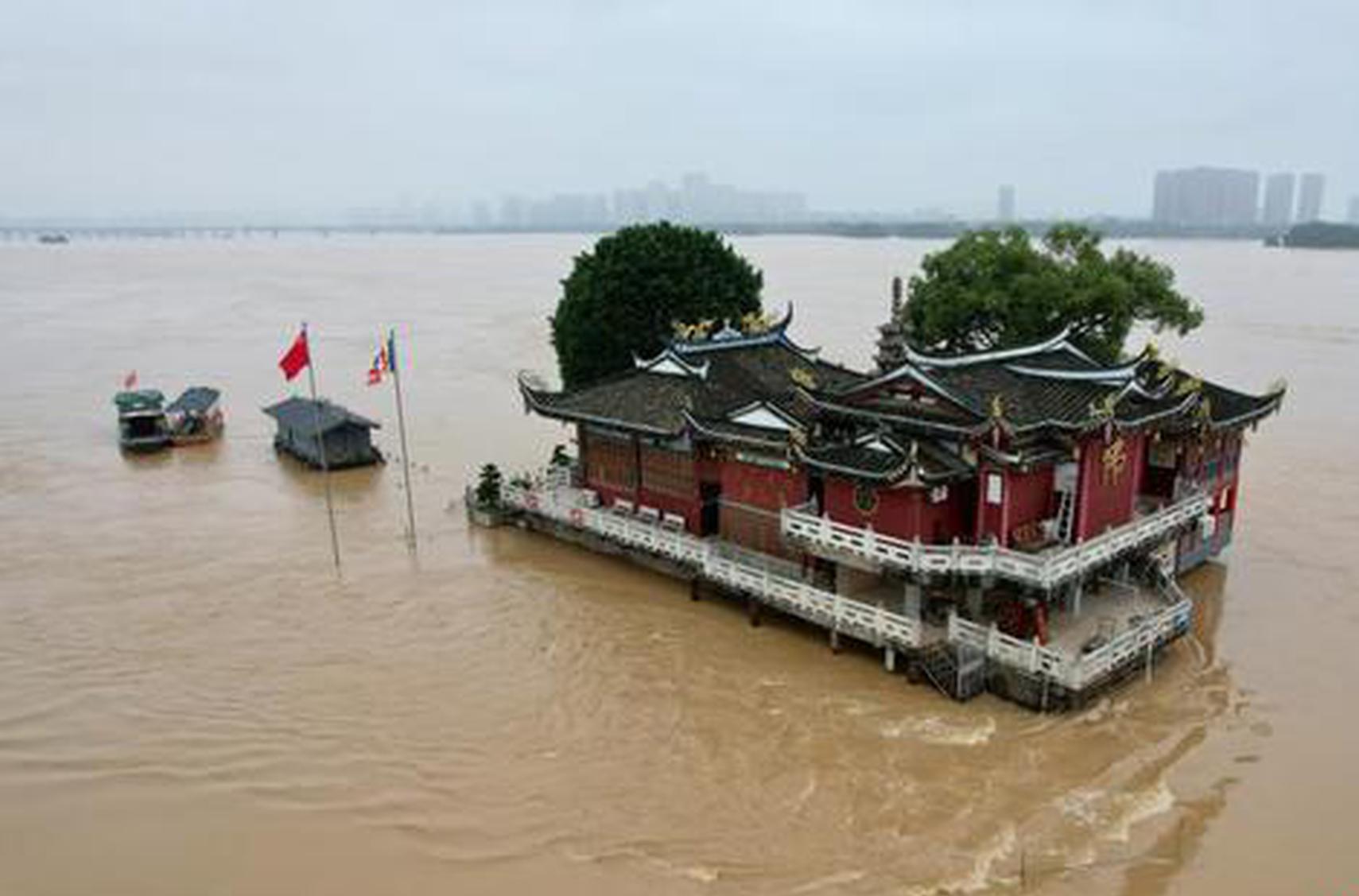








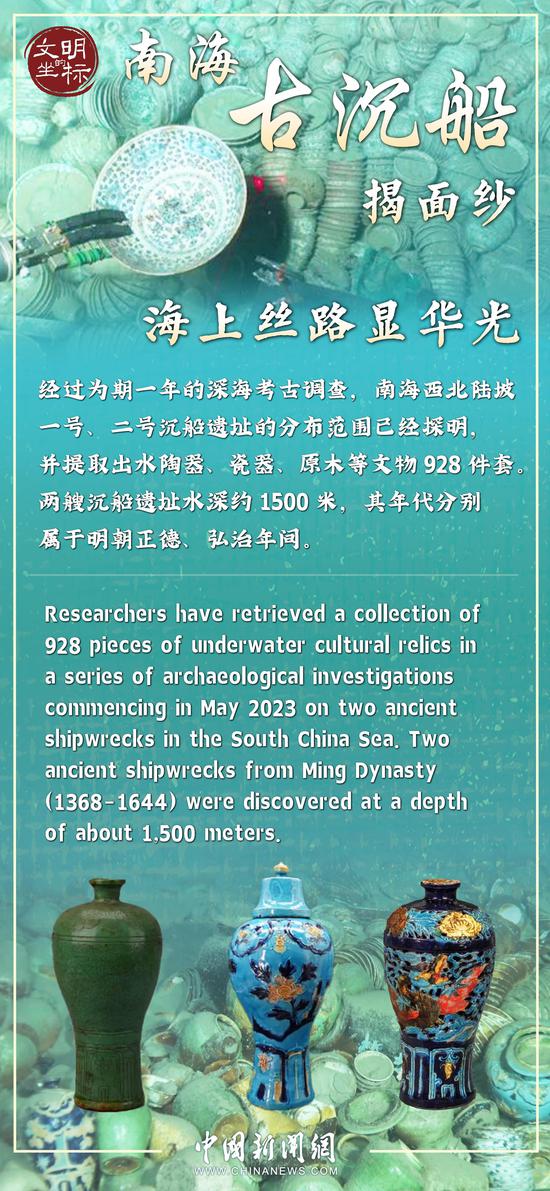

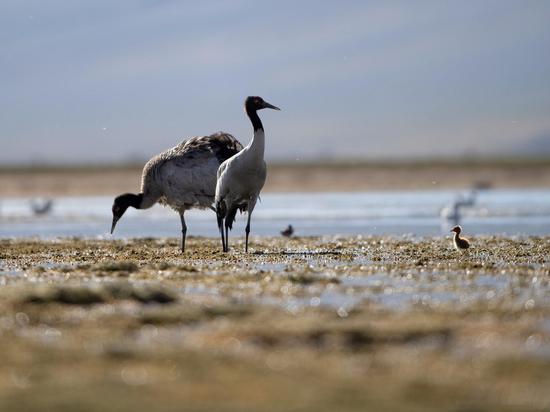
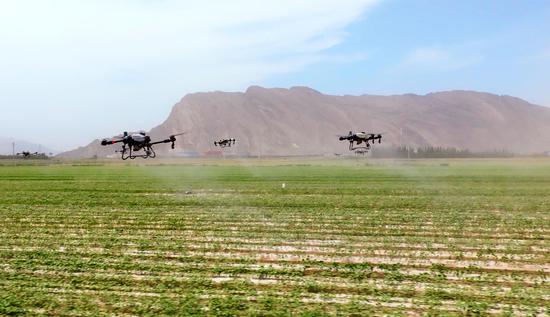




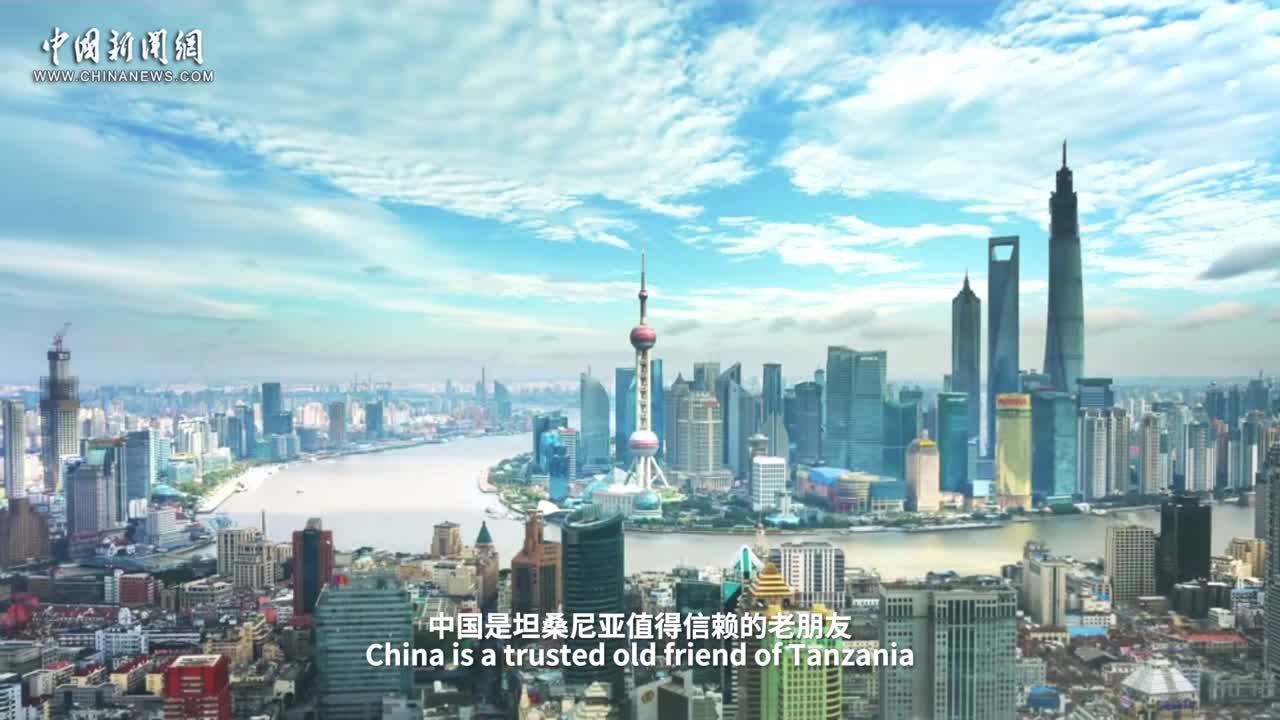

 京公网安备 11010202009201号
京公网安备 11010202009201号